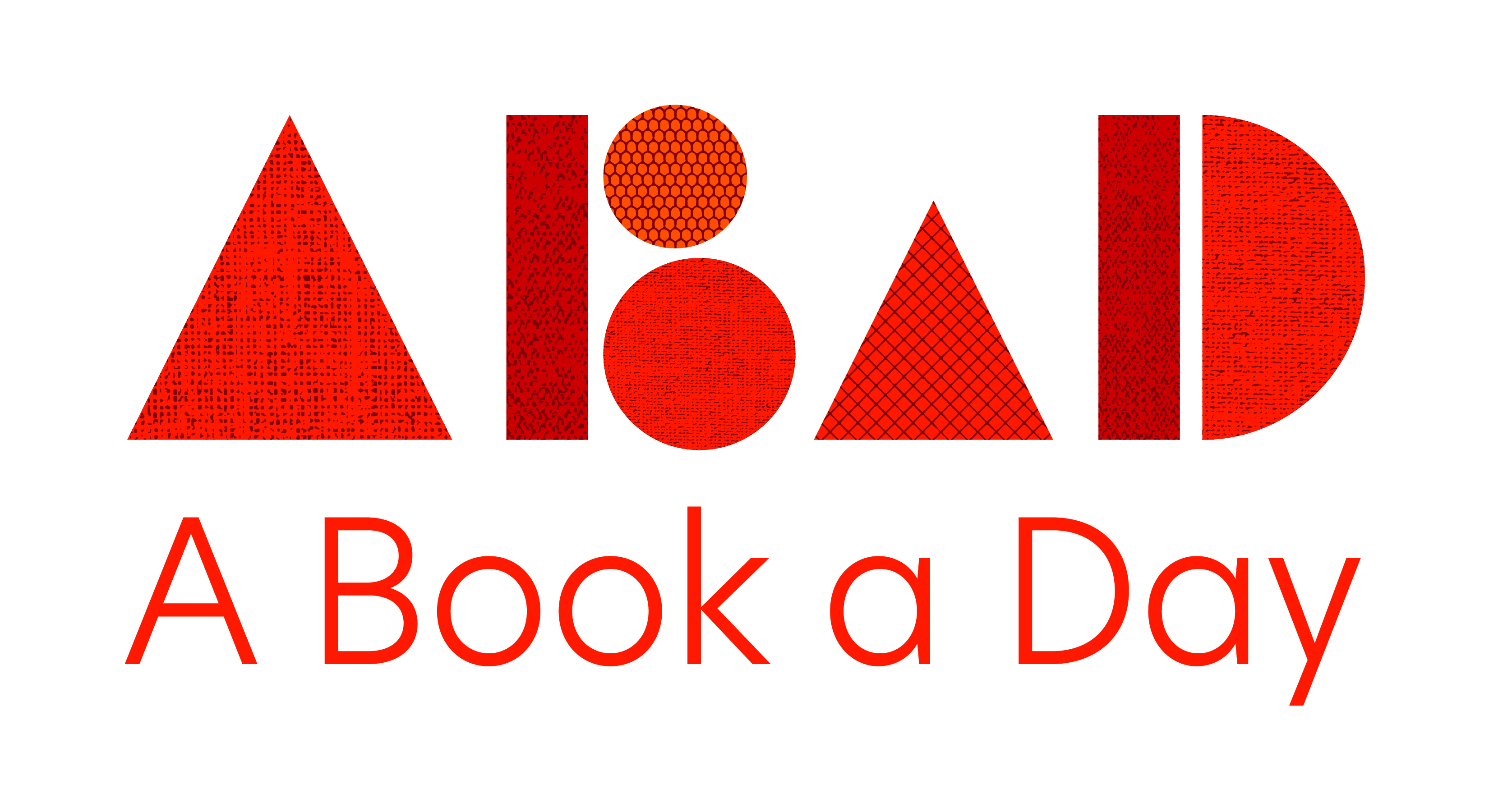In the Classroom with Brittany Swartz
Asian American and Pacific Islander Month: Reading across languages and cultures

The most powerful lessons my students learned last school year didn’t come from a textbook. They came from holding books in languages they couldn’t read, listening to family folktales passed down through generations, and realizing that their own stories were worth sharing.
Brittany Swartz
In the Spring of 2025, A Book a Day established a new partnership with the Drexel University School of Education, collaborating with Professor Vera Lee for a project directly supporting school teachers in their classroom curriculum development. Brittany Swartz designed the coursework under the leadership of Professor Vera Lee. A Book a Day’s team selected and donated a set of titles to enrich the classroom library resources and coordinated a presentation by emerging Korean artist and published author Rosa Chang. Our team was inspired to select books responding to a set of questions Ms. Swartz identified as exciting directions to explore with the students. E.g., Question: How does exposure to multilingual and culturally grounded literature, including virtual author visits, impact SPED/ELL students’ engagement, empathy, and identity as readers and learners in a hybrid classroom setting?
Vera observed the powerful interactions that occurred between the students, books, artwork, Ms. Swartz, and the authors in supporting the students’ connections to one another, their perspectives and ideas about the books, and to their own cultures and identities. For her, it spoke to the power of partnerships in bringing high quality children’s books and authors to the classroom where students not only see themselves reflected in the text, but also learn about cultures, histories, and traditions outside of their own.
Our collaboration aimed to engage the students in exploring different ways to make cultural connections, develop a cross-cultural understanding, and enhance their curiosity for different languages.
Our newly formed team is dedicated to exploring new ways of incorporating the arts as learning tools and developing effective visual storytelling practices.

The most powerful lessons my students learned last school year didn’t come from a textbook.
They came from holding books in languages they couldn’t read, listening to family folktales passed down through generations, and realizing that their own stories were worth sharing. What mattered most wasn’t the content itself, but how it helped them see themselves differently and connect with others in ways they hadn’t before. It gave them confidence, a stronger sense of identity, and the courage to share who they are both in the classroom and outside of it.
Last year, my school didn’t even have a Social Studies curriculum because the platform we used had expired. While that could have been a setback, it gave me the space to bring this project to life in a deeper way. My original idea was just to use A Book A Day texts for Social Studies, but it grew into something much bigger. I pulled the books into English Language Arts and even Science, creating a cross-curricular experience that highlighted Asian American and Pacific Islander voices across subjects. I wanted my students to really dive into learning new cultures, not only to widen their awareness of the world but also to help them see their place in it.
A Book A Day was so supportive of this vision. When I told them I wanted to bring in Asian American and Pacific Islander stories, they immediately said yes and even listed books from their monthly newsletters that they would donate to my classroom. They also let us borrow books written in native languages. For many of my students, it was the first time they knew what it felt like to be the one in the room who couldn’t read the words. That single experience opened up empathy and perspective. I also invited parents to share family folktales, and the stories we received from Ecuador and Puerto Rico became some of the most meaningful parts of the unit.
ABaD Curated Selection of Books for Asian American and Pacific Islander Month
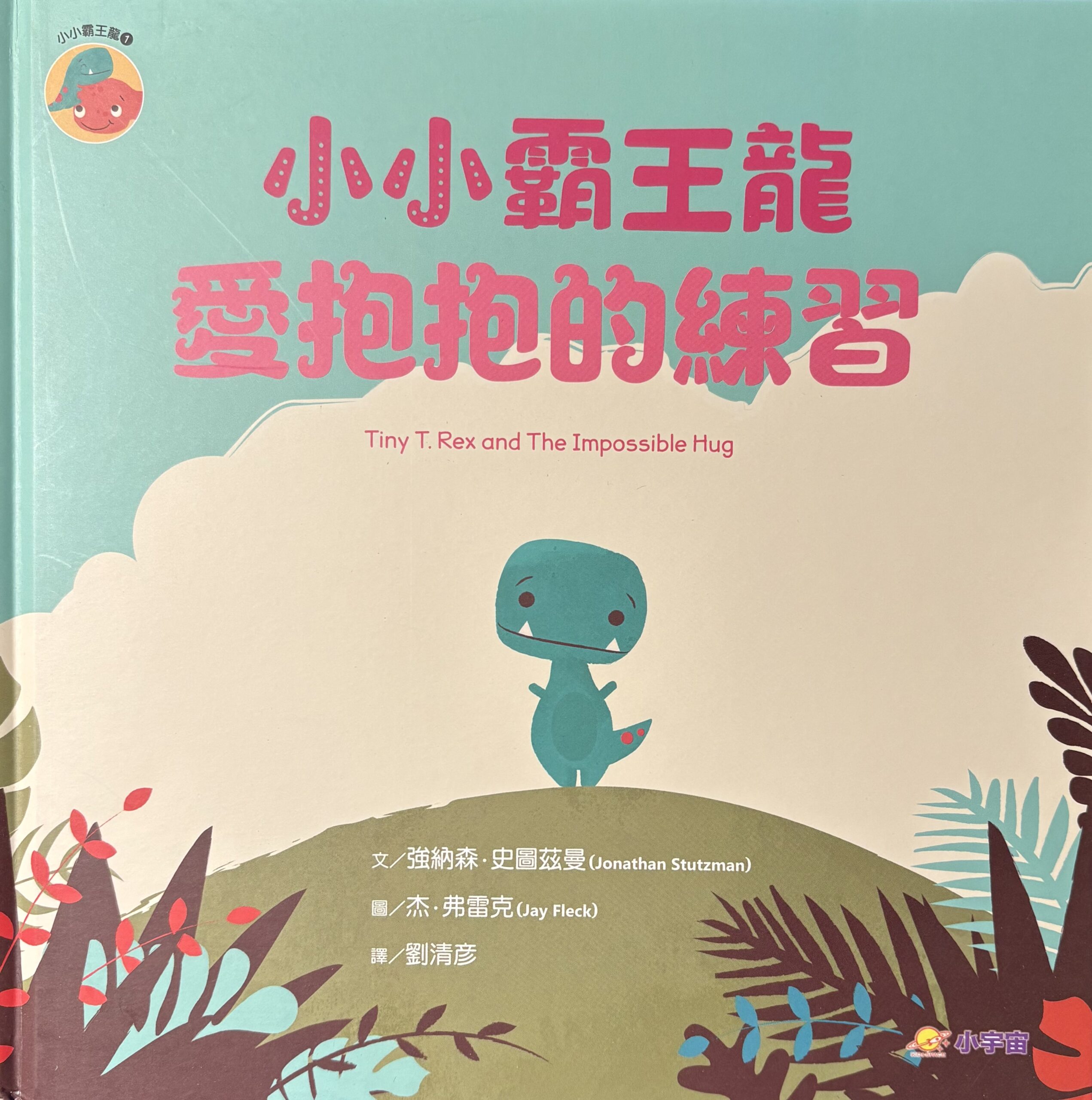


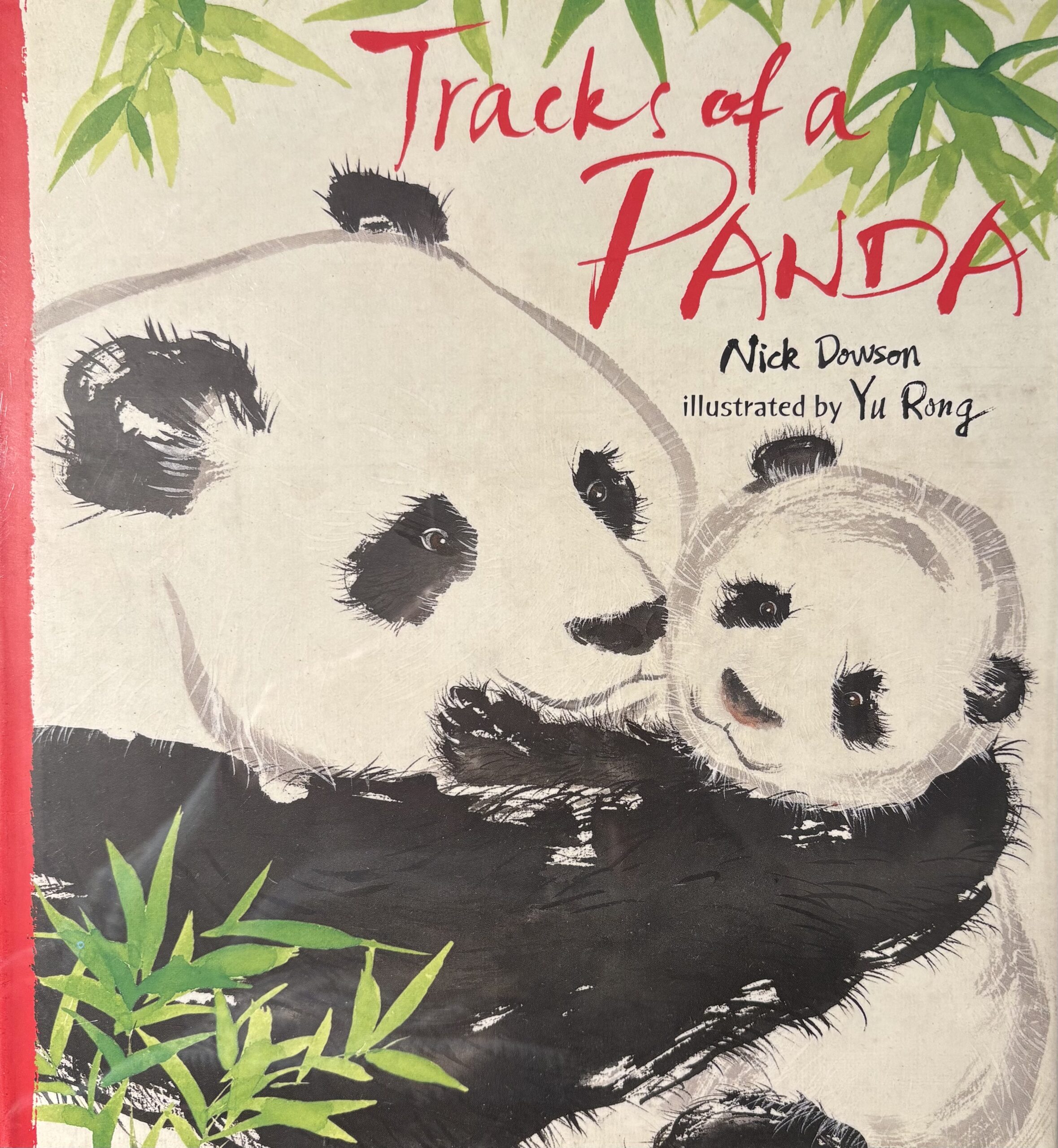

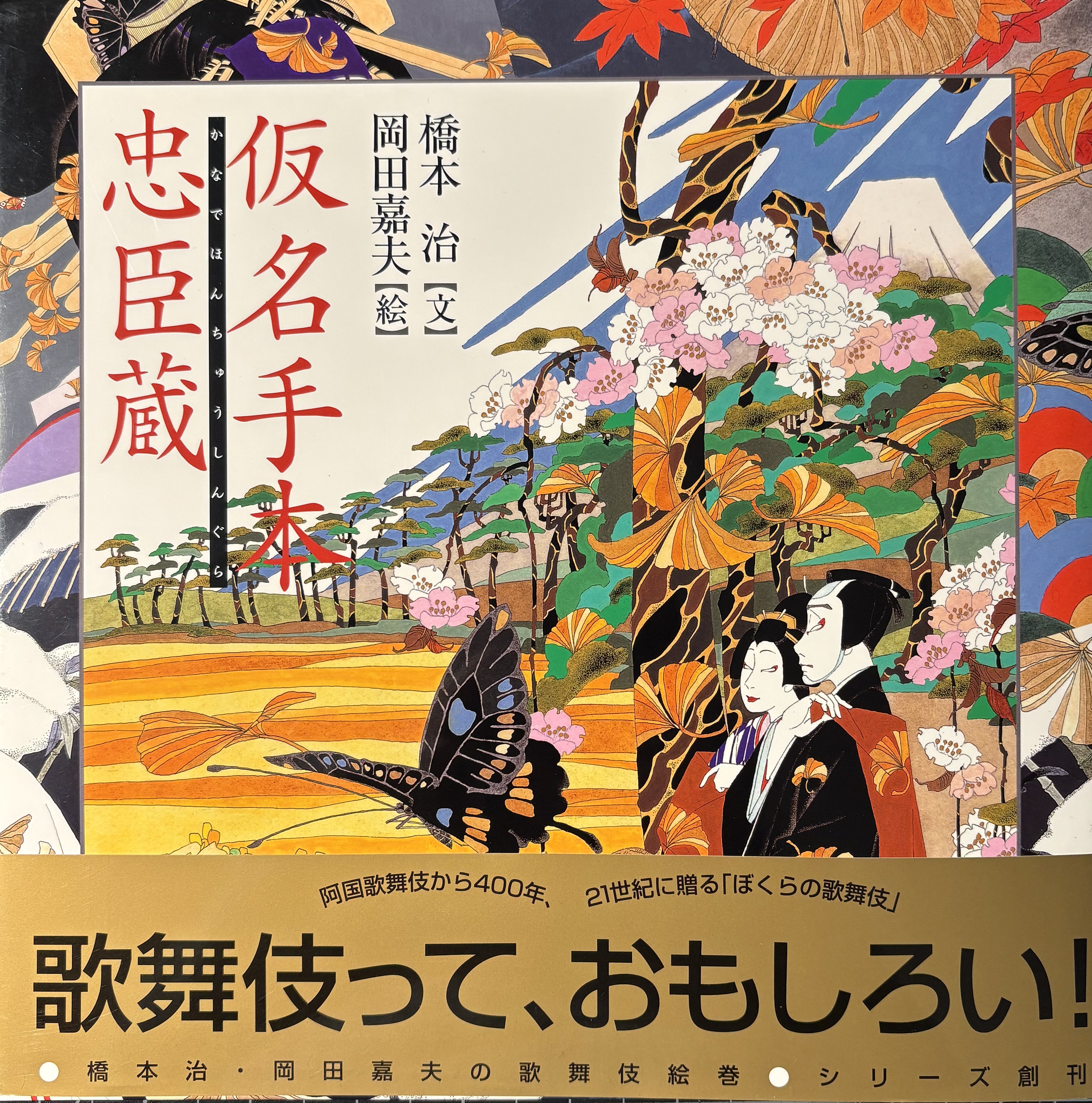

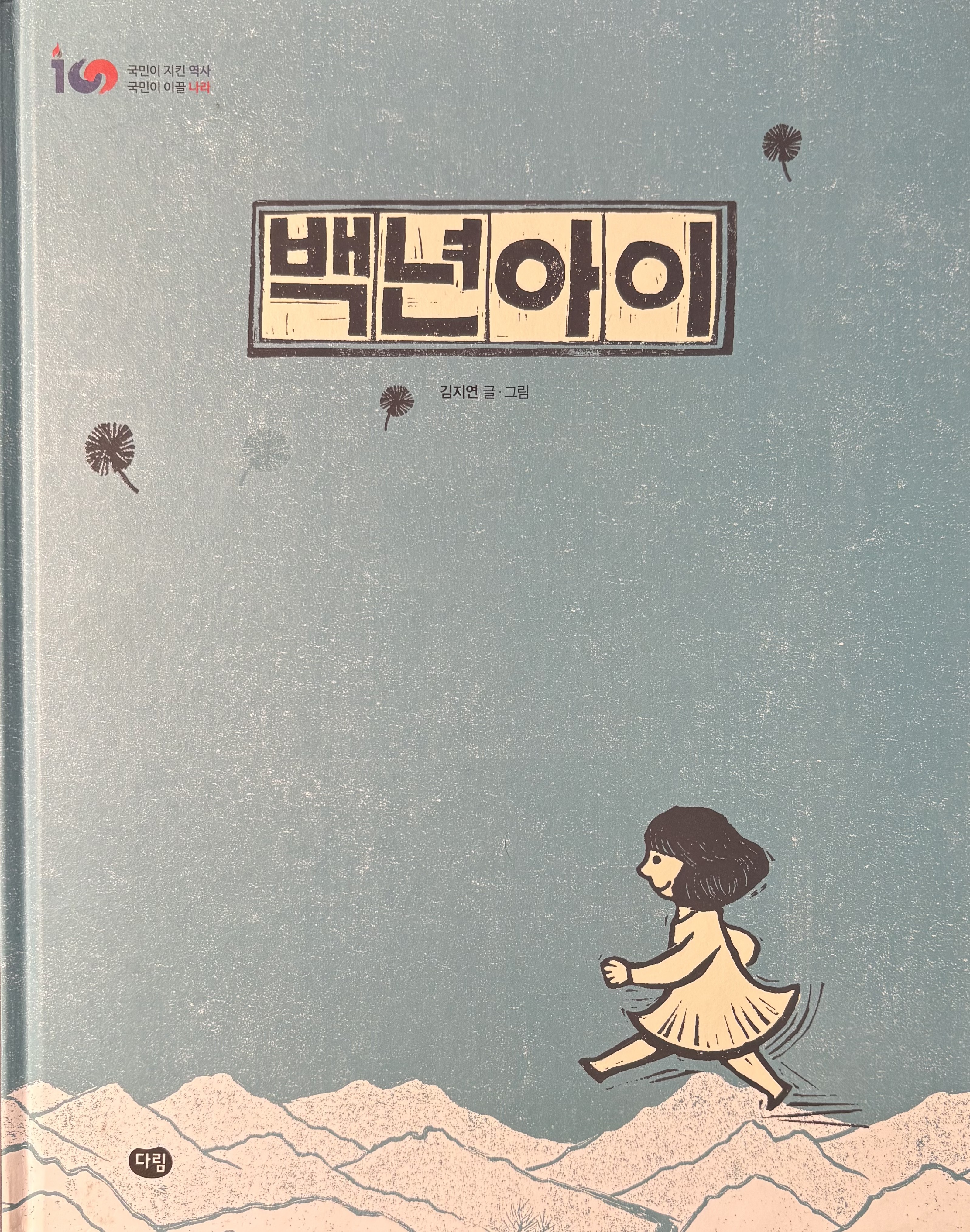

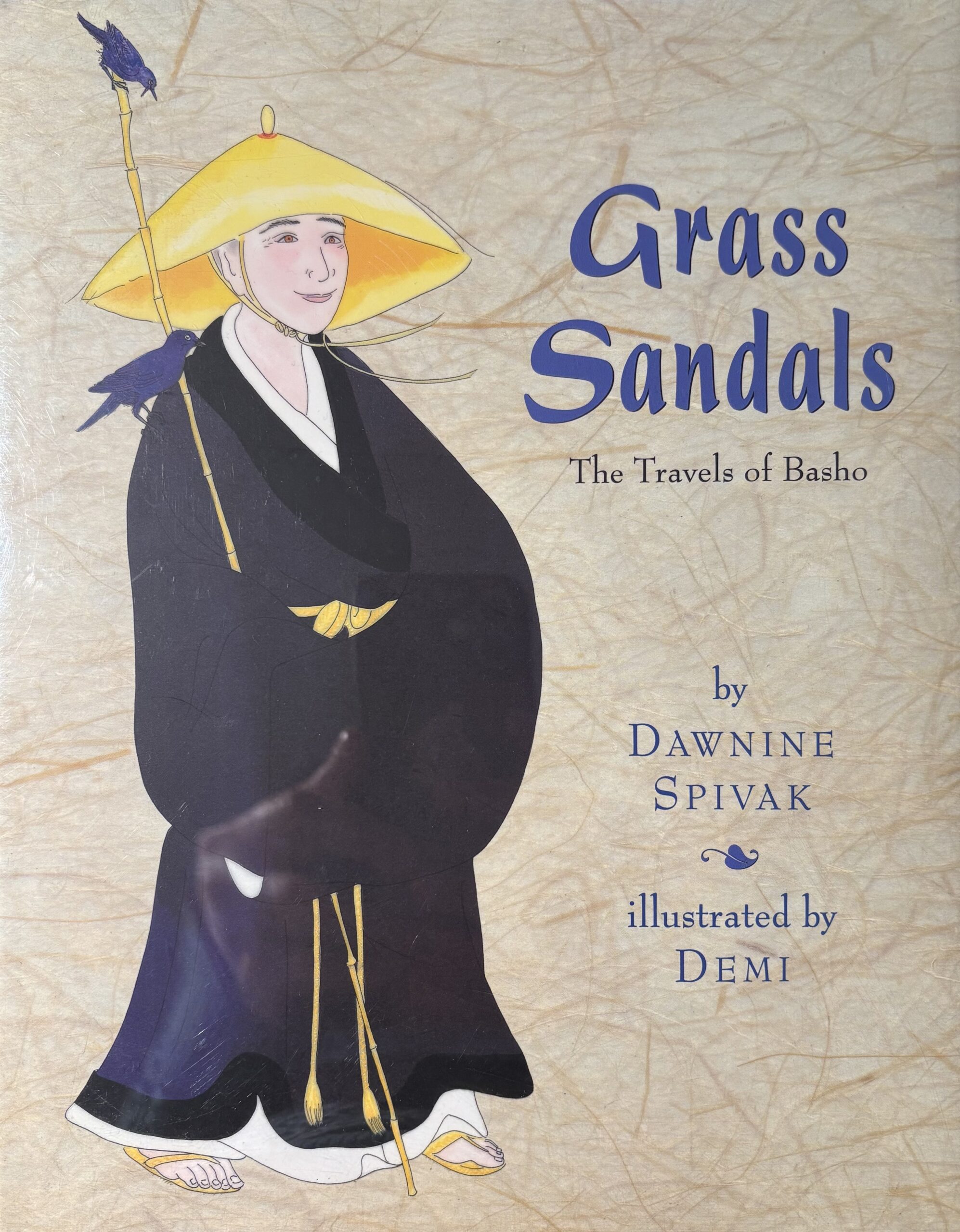
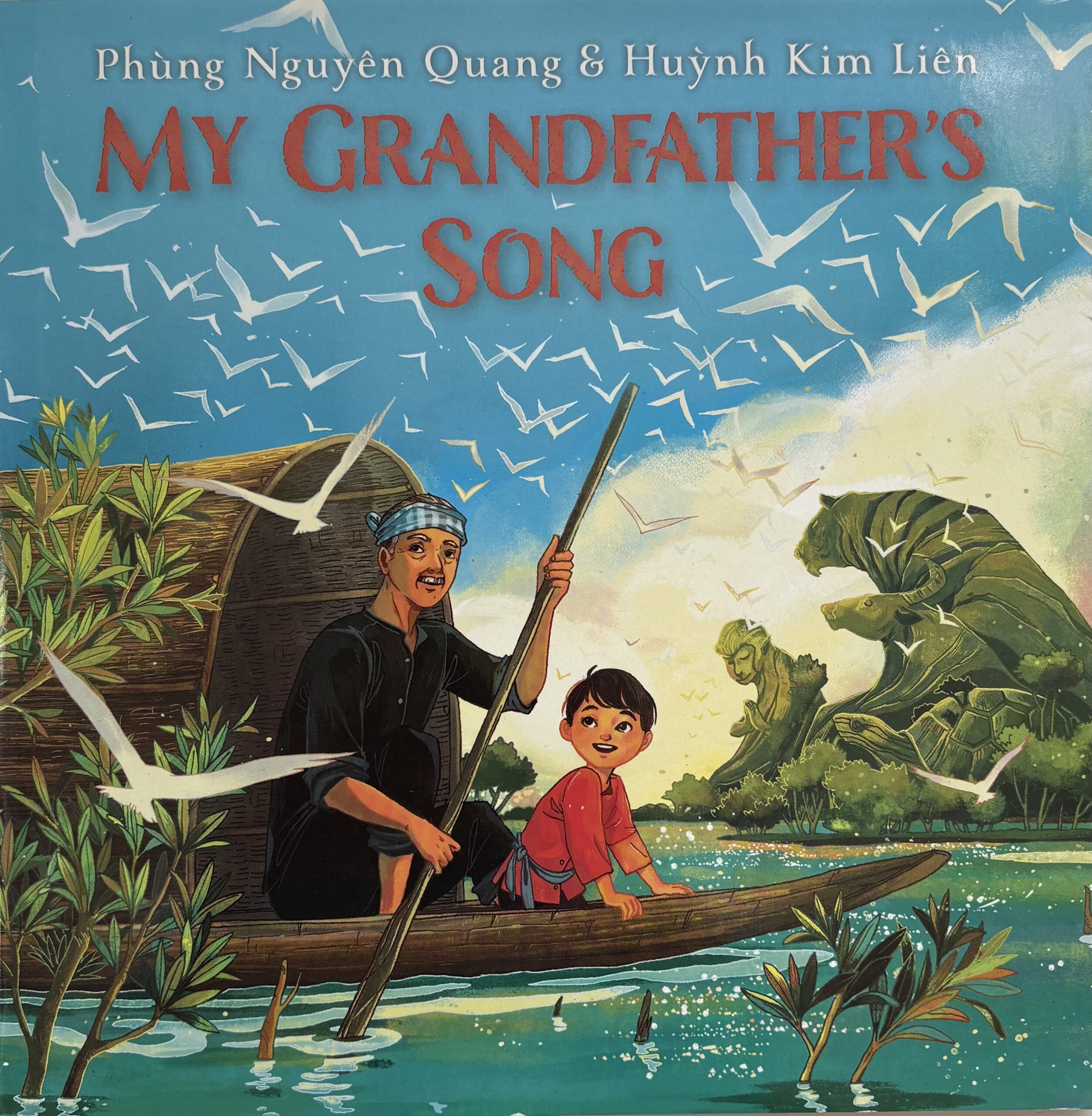
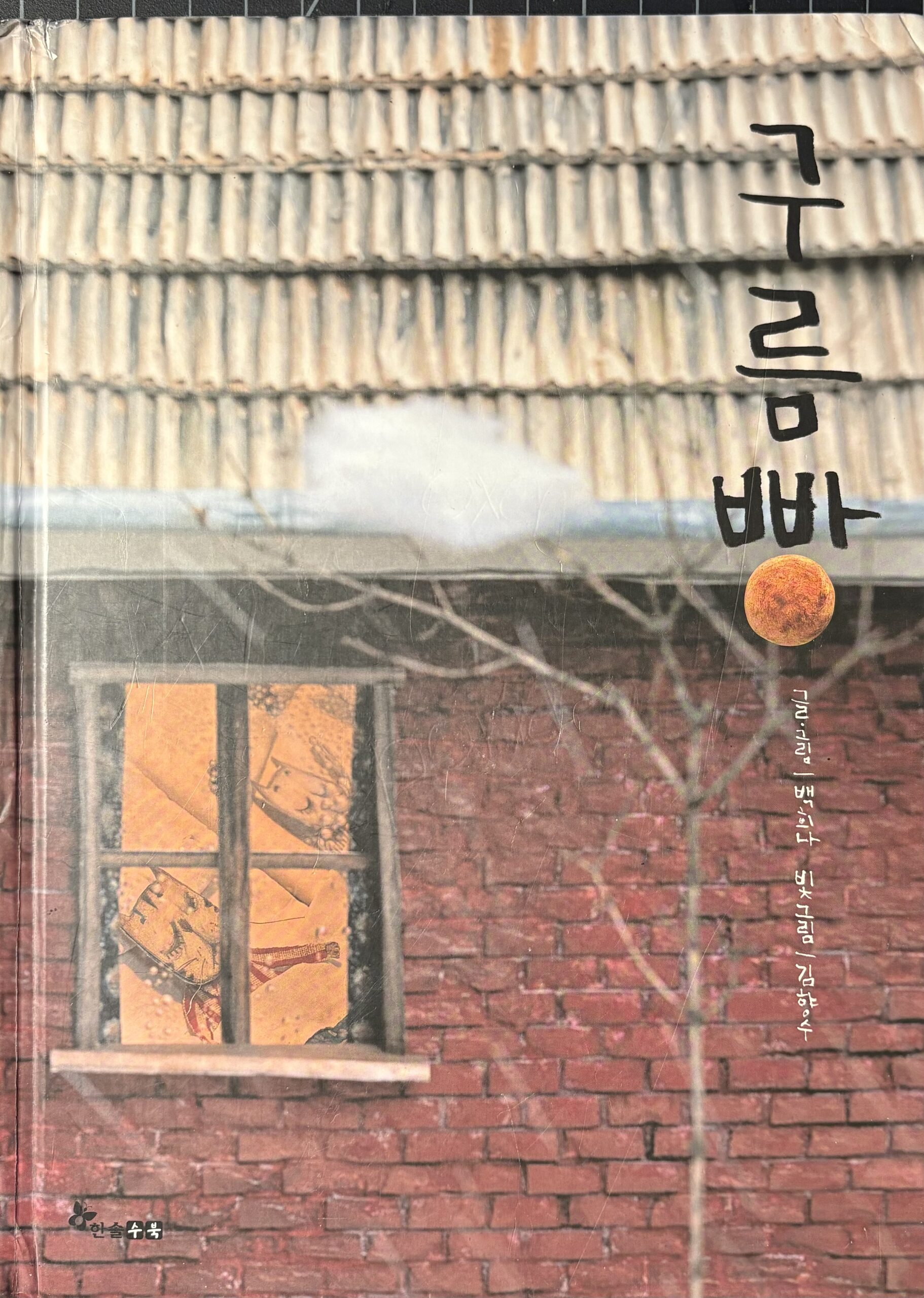

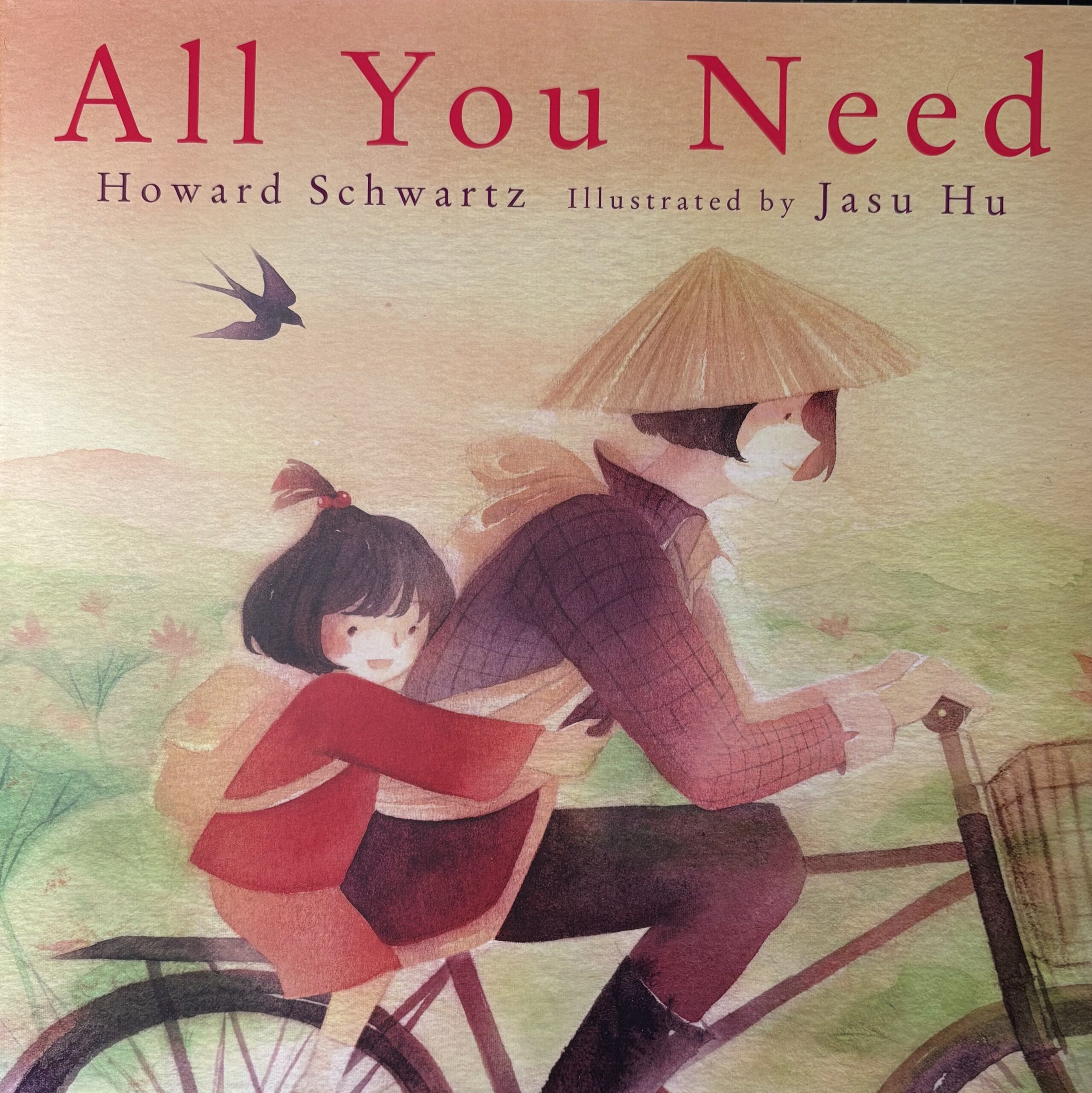
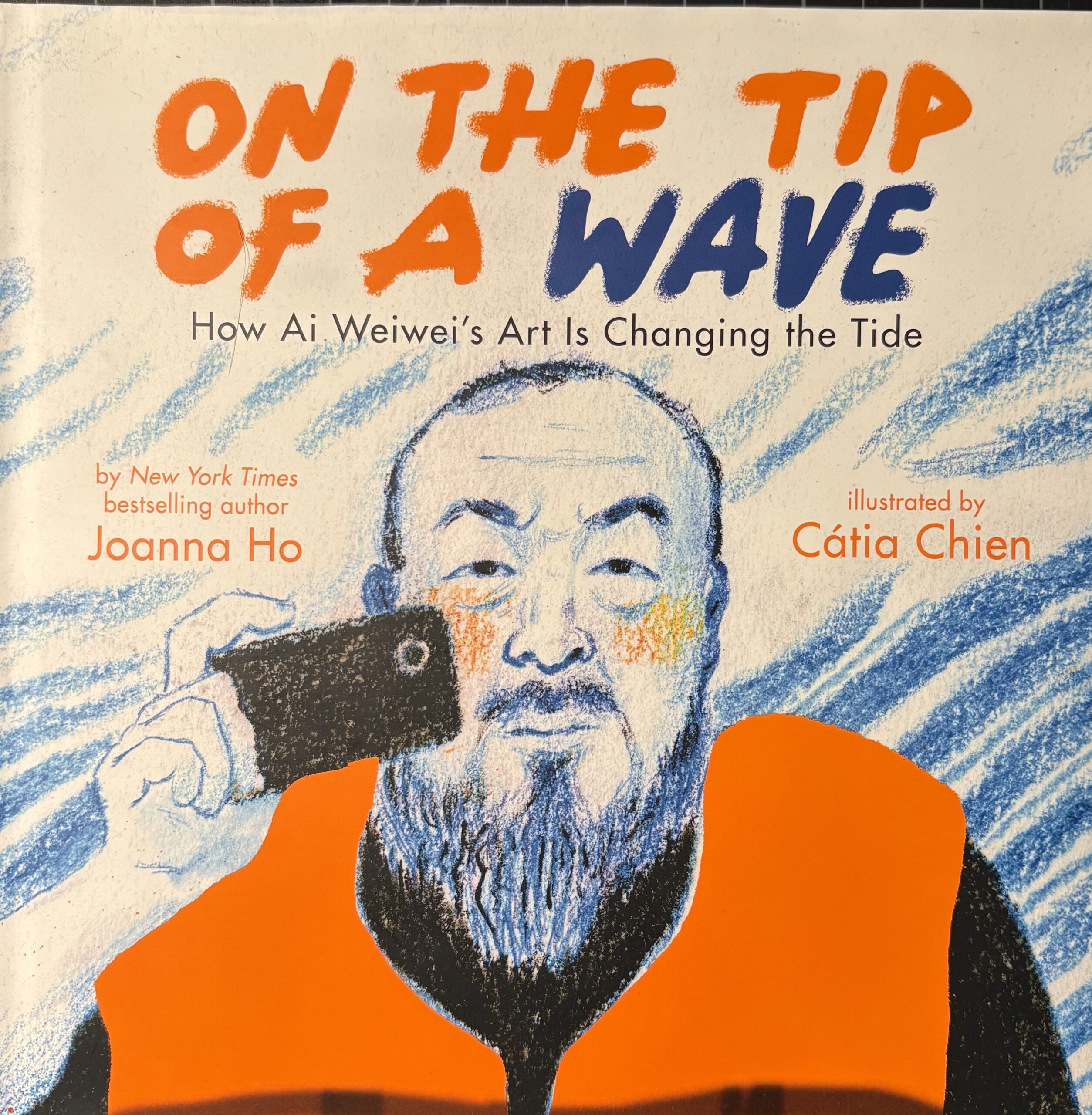
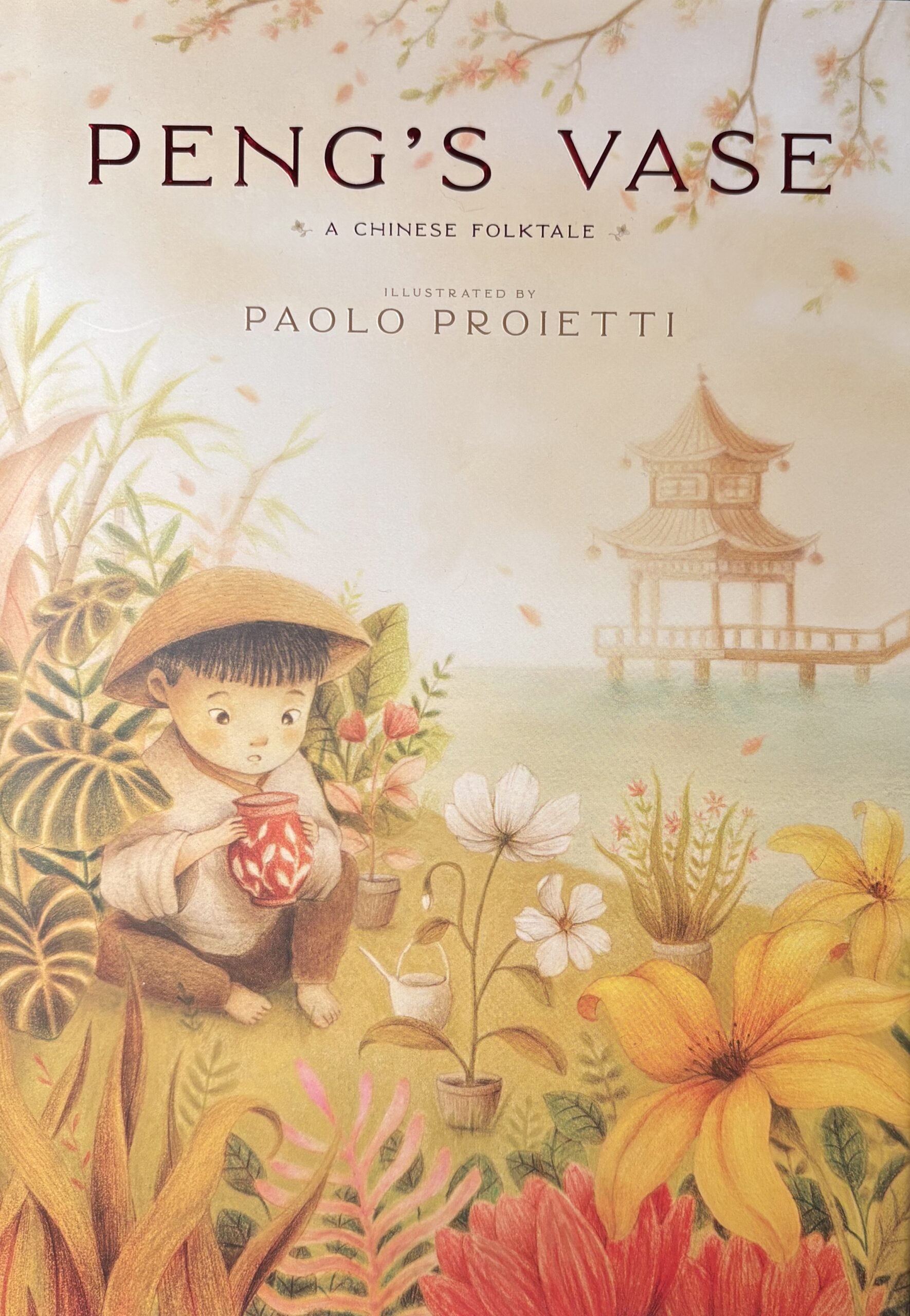

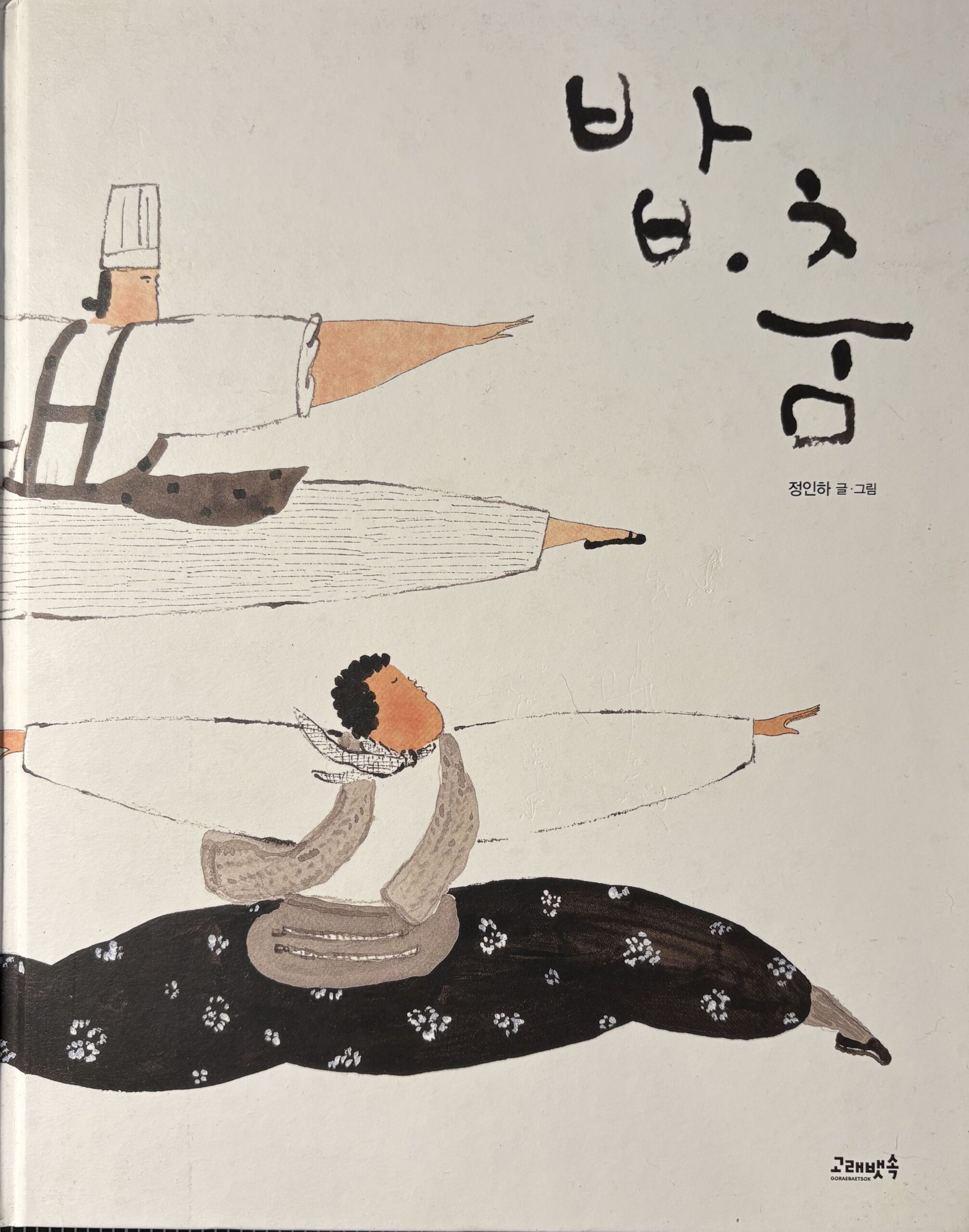




In English Language Arts, I set up book clubs using the graphic novels donated by A Book A Day. Our curriculum already included Hispanic literature, but I had never seen my students this excited about reading. Even my Special Education and English Language Learner students, many of whom came into fifth grade reading on a kindergarten or first grade level, were begging to keep reading at the end of class. Students who used to dread ELA were suddenly laughing, predicting, and sharing connections with each other. Some of the books included Taiwanese words, and my students started writing them down in their notes. When I asked what they meant, they could read them out loud, pronounce them, and explain the meaning without even flipping back through the book. That moment showed me how much they were holding onto what they learned.
Later in the project, we met author Rosa Chang. She spoke with my students about building a community garden in Baltimore, the science of growing indigo plants and dyeing fabric, and the traditional indigo dyeing practices from her Korean culture. She also shared her story of immigrating from Korea to the United States and her path to becoming an artist through art school. Many of my students told me afterward they wanted to be writers or artists like her. Over the summer, I saw Rosa again at an A Book A Day event, and she gave me indigo seeds that I plan to plant with my new class this year. That simple act will continue her message and let students see how culture, science, and art can all grow together.
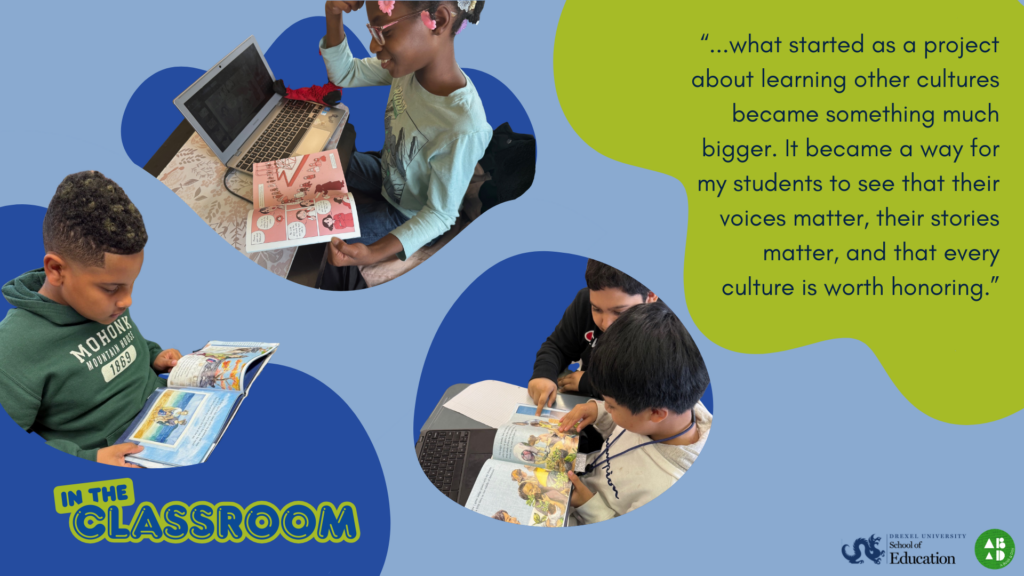
Looking back, I saw my students open up about their backgrounds, take pride in their stories, and show respect when their classmates shared theirs. It was an honor to create a space where they felt safe enough to be vulnerable about their experiences, even about life before immigrating to the United States. One student who used to deny being half Korean, even though his mother was from Korea, ended up making his project on Korean food and traditions and walked away with a stronger sense of pride in who he was. Another student, who didn’t know much about her background, chose to explore her Jamaican heritage and discovered cultural symbols and stories that gave her a deeper connection to her family. Another wrote about the pride of being from Philadelphia, creating a folklore about the Eagles’ Super Bowl win as a way to celebrate identity through place. These moments showed me that what started as a project about learning other cultures became something much bigger. It became a way for my students to see that their voices matter, their stories matter, and that every culture is worth honoring. This year, I plan to build on that work by planting Rosa’s indigo seeds with my new class, continuing to bring in multicultural literature, and creating even more opportunities for my students to see themselves and others reflected in the stories we share.


Vera Lee, Ed.D.
Clinical Professor Literacy Studies
Drexel University School of Education
Brittany Swartz, M.S.Ed.
Fifth Grade Teacher, ASPIRA Bilingual Cyber Charter School
M.S.Ed. in Teaching, Learning & Curriculum, Drexel University (2025)
Sibylla Shekerdjiska-Benatova, M.S.Ed.
A Book a Day Executive Director
M.S.Ed. in Literacy Studies, Graduate School of Education
Flora Ward, PhD
A Book a Day Grants Manager
PhD, History of Art, University of Toronto (2014)
